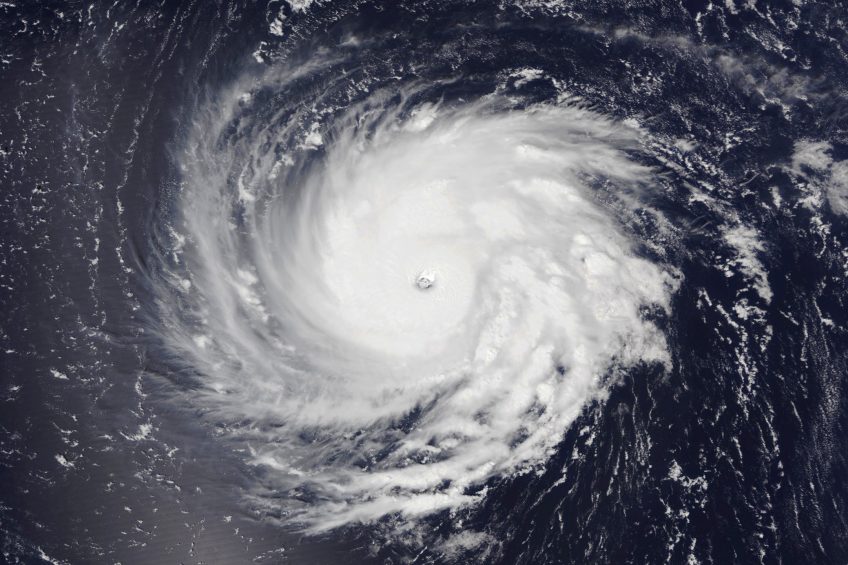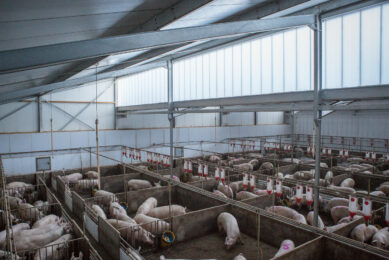Pigs and hurricanes

Recently, Hurricane Florence hit North Carolina, claiming over 5,000 pigs. As hurricanes continue to come, perhaps it is time that long-term preparations and thought is needed to be better prepared against this type of natural disasters, writes pig welfare expert Dr Monique Pairis-Garcia.
Natural disasters are something that no pig producer can ever be completely prepared for. With that, no preparation on the producer’s part can completely eliminate the negative impacts that can occur in the aftermath.
The importance of preparing for the worst
The impact of Hurricane Florence has reminded all of us in the swine industry the importance of preparing for the worst. North Carolina pig farmers did just that. In the weeks leading up to the anticipated landfall of Florence, producers worked together to minimise the impact that the storm could have on their live operations.
Animals located in facilities directly in the path of the storm were moved out in advance, eliminating animal welfare issues associated with facility conditions and safety.
In addition, feed and supplies were brought in advance to the farms where animals remained as rising flood waters can become an even greater concern. Rising waters and washed out roads make it near impossible to get feed trucks to barns safely. In anticipation of this, producers purchased additional feed supplies as well as generators to be as prepared as possible.
The pig figures of ‘Florence’
In the aftermath of Florence, 5,500 pigs were lost. This is an increase from Hurricane Matthew (2016) which claimed 2,800 pigs but a dramatic decrease from Hurricane Floyd (1999) in which 21,000 pigs were lost. With each hurricane event, producers are becoming more prepared for the worst and North Carolina pig farmers took the threat of Hurricane Florence seriously and prepared as well as they could.
So what is next? Recognising that hurricane events are becoming a more common weather event in the Southern United States, how will this impact the swine industry in the future? I think one focus needs to be on re-evaluating facility locations and infrastructure to ensure all barns are prepared for the future of weather related emergencies.
Ensuring safety for pigs and people
Facility infrastructure is key to ensure facilities can handle the impact of a storm and ensure safety for the pigs and people working in those barns. Assessing roofs, sidings and ensuring lagoons are well-managed prior to any adverse weather event is critical.
In addition, facilities located in flood plains or those in which roads consistently flood out may need to be marked as facilities that either need to be significantly renovated, used only as temporary holding facilities, or not used entirely.
All pig farmers should be prepared
I think we also have to come together as an industry and ensure all pig farmers are prepared. Whether this is an independent contract grower, a niche market pastured based system or a larger commercial sow farm, we are one industry. We must dispense the resources available to ensure everyone can be as prepared as possible and step up as an industry to those reaching out for help.

Read more Expert Opinions by Dr Pairis-Garcia and others
The strength of our preparation is based on the work put in ahead of time. Those involved in the swine industry, whether as a pig farmer, animal scientist or retailer, must come together to continue to minimise the negative animal welfare impacts associated with the strong, unpredictable and overwhelming forces of nature.











